#redness of viburnum
Explore tagged Tumblr posts
Text

Red Viburnum by Lyubov Panchenko
150 notes
·
View notes
Text















Autumn on Snake Hill.
Elevation makes a huge difference in the Central Appalachians. Canaan Valley was at peak color almost two weeks ago. A thousand feet lower, at Snake Hill Wildlife Management Area, the leaves are just starting to approach peak. From top: red maple leaves drape fan clubmoss; the white-glazed, blue-purple berries of common greenbrier, an important food source for wildlife in the fall and winter; oldfield aster, also known as frost aster; milkweed pods release their precious seed; goldenrod gone to seed; the blue-black berries of mapleleaf viburnum, whose blushing red leaves are one of autumn's great joys; the brilliant yellow foliage of wild yam; the fiery red bolts of sourwood's dying flame; red oak burning away at the trail's edge; eastern teaberry loaded up with its distinctive red berries; a gorgeous Maryland golden-aster, one of the last beauties standing before the frost; and a spotted cucumber beetle, which despite its innocent appearance is a bane of late season gardens.

#appalachia#vandalia#west virginia#wildflowers#flora#fall#autumn#leaves#foliage#insect#snake hill wildlife management area#chestnut ridge#fan clubmoss#red maple#common greenbrier#common milkweed#canada goldenrod#mapleleaf viburnum#wild yam#sourwood#red oak#eastern teaberry#maryland golden-aster#spotted cucumber beetle
101 notes
·
View notes
Text
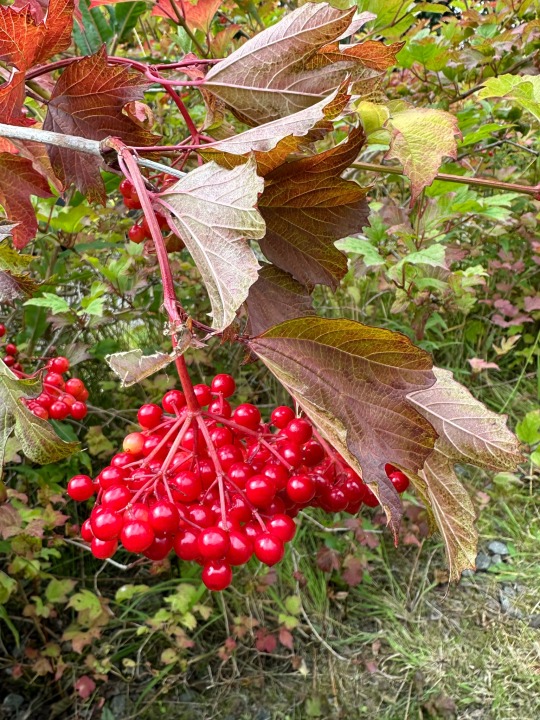
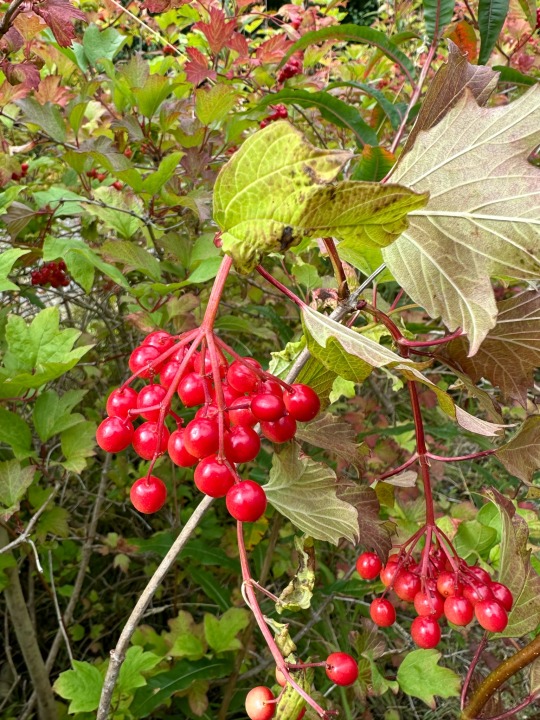
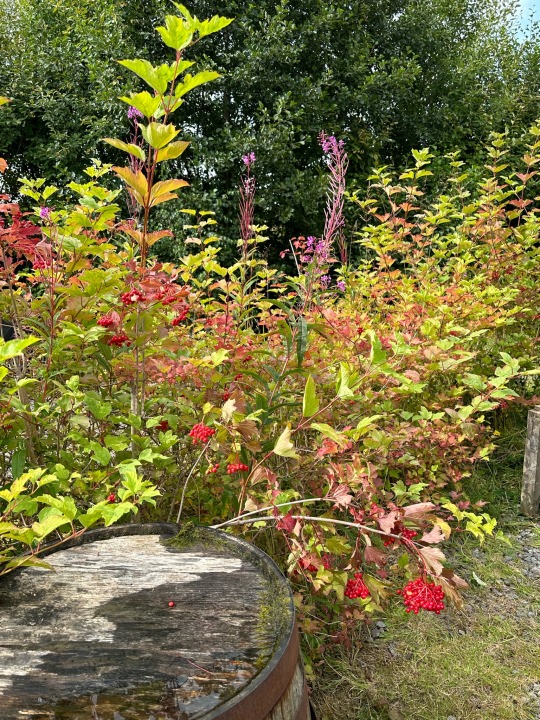
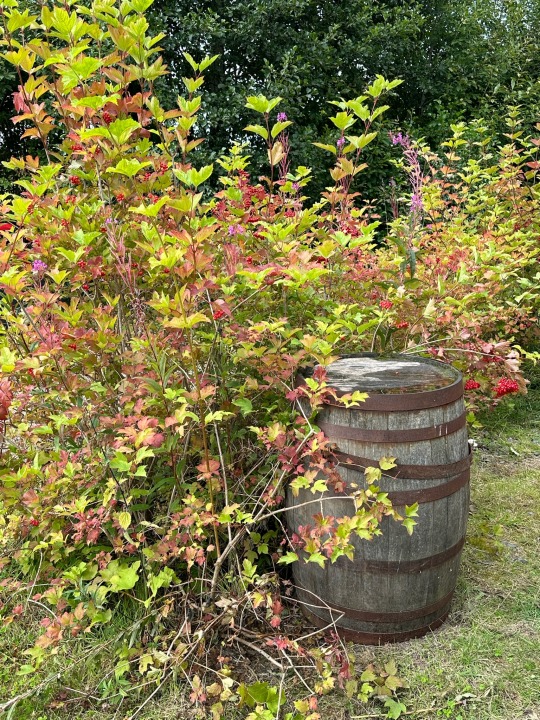
Plant of the Day
Saturday 14 September 2024
Following the flat clusters of white flowers on Viburnum opulus (guelder rose, dogberry, water elder, cramp bark, snowball tree, European cranberry bush) in early summer bunches of translucent bright red fruits are produced and often persist into winter. The berries are an important food source for birds, including bullfinch and mistle thrush and the flowers are especially attractive to hoverflies.
Jill Raggett
#viburnum#guelder rose#dogberry#water elder#cramp bark#snowball tree#European cranberry bush#red berries#native#shrub#deciduous#informal hedge#plants#horticulture#gardens#garden#foliage
85 notes
·
View notes
Text

9月にがんセンターへ通院で行った時
街路樹で色付いていた、
赤い「サンゴジュ(珊瑚樹)」の実。
ガマズミ属。
別名:キサンゴ(木珊瑚)、
ヤブサンゴ(薮珊瑚)。
学名:Viburnum odoratissimum var. awabuki
撮影:iPhone14 Pro Max
14 notes
·
View notes
Text








F-20 Eclipse
The fear begin from you
Website / Steam
4 notes
·
View notes
Text







#viburnum#berries#berry#ягоды#калина#red berries#красные ягоды#contryside#garden#деревня#сад#summer#лето
2 notes
·
View notes
Text

Guelder Berries
The bright red berries of a guelder rose, shining in the sunlight, at RSPB Fen Drayton Lakes.
#autumn#berries#berry#cambridgeshire#canon#canonuk#fen drayton#fen drayton lakes#guelder rose#nature#nature reserve#outdoors#plant#plants#red#rspb#viburnum#viburnum opulus#wildlife
4 notes
·
View notes
Text










#my pictures#walk#august#spiders#crab spider#summer#seasonal#evening sky#sky photography#sky pictures#landscape photography#landscapes#wildflowers#plant photography#plant pictures#viburnum#guelder rose#red clover#st James' wort#sunset#clouds#fields#of night and light and half light
4 notes
·
View notes
Text

A friend on the viburnum!
#the viburnum smells sooo good#red admiral#korean spice viburnum#cottagecore#plants#nature#insects#butterflies
4 notes
·
View notes
Text



And dream of spring🏮🎐
2 notes
·
View notes
Text
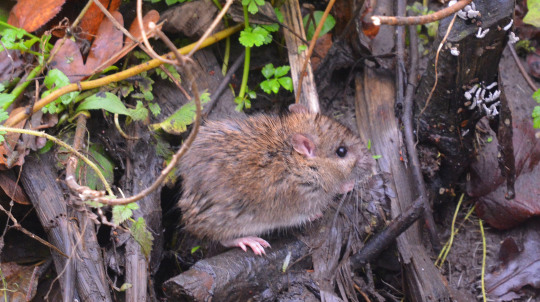



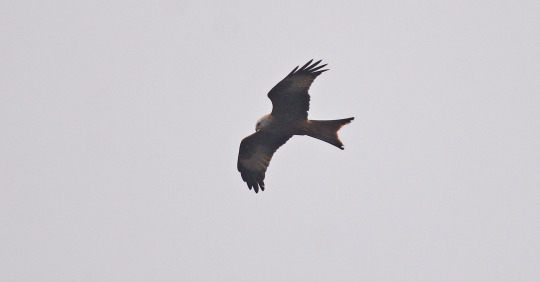
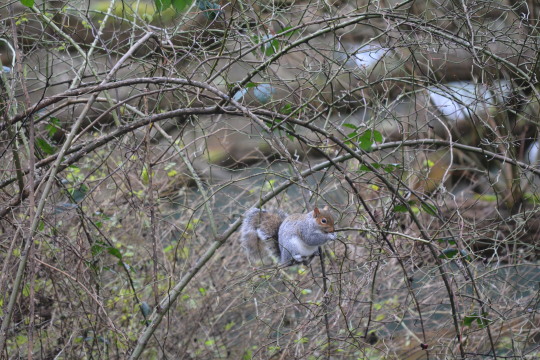
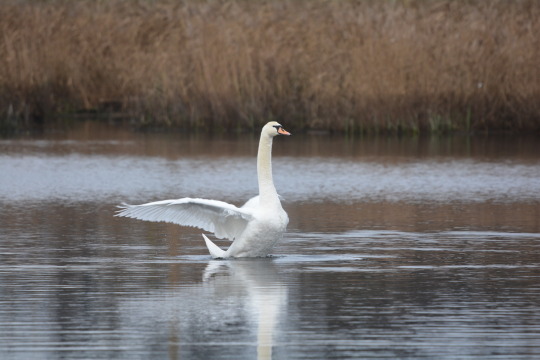

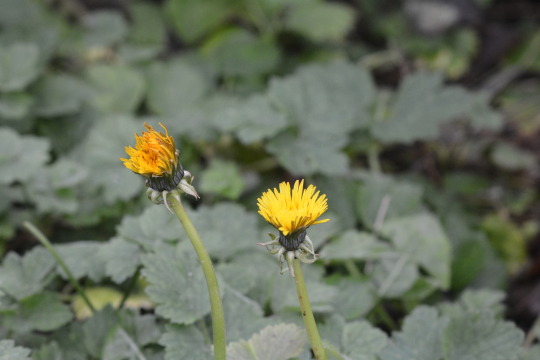
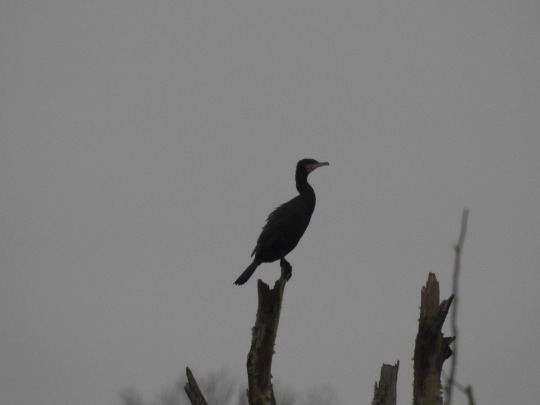
16th December 2023: Fishlake Meadows
Flora, fauna and fungi pictures taken in this set are of: 1. A rodent I observed along the canal before reaching the reserve, I believe a young rat I did see other rats too. 2. Viburnum along the canal path which I enjoyed seeing. 3. A sea of gorgeous turkey tail which I was taken aback with on a tree stump. 4. A cheery Robin. 5. A ravishing Red Kite which was a treat to see, I was captivated by watching it. I excitingly saw one from the train on the way and also I believe two on a tree from the train on the way back, exciting to see them doing well here. 6. Grey Squirrel. 7. One of a few Mute Swans I enjoyed watching whilst having a blissful lunch at the viewing screen. 8. A majestic Marsh Harrier, another raptor I love which it was delightful to watching soaring over the reedbed and water a couple of times. 9. Dandelion. 10. Cormorant.
In swashbuckling moments before reaching the reserve along the canal I saw a beautiful Kingfisher perched and catch a fish, a riveting encounter with another favourite of mine. Completing a super six of my visit alongside the Kingfisher and two birds of prey were two pleasing passerines, crimson Stonechat which I'd not seen here before and powerful moments listening to the siren like call of a Nuthatch and watching this eyecatching birds as well as stunning views of a Great White Egret at the screen perhaps the closest I've ever been to this angelic egret I was just too slow to get a photo before it flew. Other bird highlights on an amazing walk round were Goldcrest, Wrens, Chiffchaff, the energetic burst of sound from a nice few Cetti's Warblers calling, Long-tailed Tit seen well for a second day running, Blue Tit, Great Tit heard and seen well, Collared Dove and House Sparrow along the canal, Mistle Thrush feeding on mistletoe (how it gets its name) which was memorable, Blackbird, Magpie, Grey Heron including parading over nicely, Moorhen, possibly a Water Rail seen quickly too, the regular sight and sound of Greylag Geese, Shoveler and Wigeon key waterfowl of the day and Common Gull. Other key plants seen were pretty forget-me-not, ivy including mixed well with mushrooms, hazel catkins, white deadnettle, rose hips and burdock seed heads. Candlesnuff fungi spotted only from being beside the rat in the photos I took seen for a second day running was nice and possibly mossy maze polypore among other mushrooms were good to see. On the way to the station this morning seeing winter heliotrope at Lakeside and further on and hawthorn berries, dandelion and hearing Magpie by Lakeside were good moments with Jackdaw, Goldfinch, House Sparrow, Starling and Collared Dove enjoyed at home today. My Mum is currently recovering from a major operation so as I don't drive I'm doing some trips to nature reserves via trains, so far last Saturday and today and I'll do more in the New Year, and it makes it a really interesting and enjoyable day taking a different route to get out to places. Today at Fishlake Meadows and getting there was a fantastic day of nature watching and appreciating being outside.
#photography#fishlake meadows#romsey#hampshire#lakeside country park#eastleigh#england#uk#great white egret#marsh harrier#red kite#stonechat#nuthatch#kingfisher#viburnum#flowers#forget-me-not#outside#outdoors#walking#nature#saturday#weekend#chiffchaff#goldecrest#candlesnuff fungi#blue tit#robin#great tit#long-tailed tit
5 notes
·
View notes
Text







1 note
·
View note
Text
Plant hedgerows.
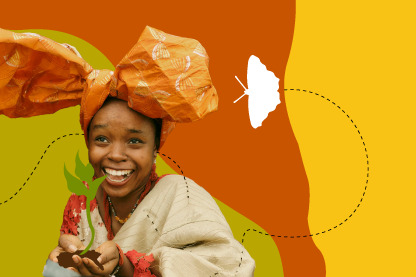
“Bee engaged with Youth”. World Bee Day 2024.
Which Hedge Plants Are Best For Bees?
All native plants, which make up our conservation hedge mixes, are great for bees, especially blackthorn and hazel, which open their flowers and catkins before most other trees and shrubs.
The other native classics are Hawthorn, Crab Apple, Dog Rose, Common Dogwood & Red Dogwood, Field Maple, Guelder Rose, Spindle, Sweet Briar Rose or Wayfaring Tree.
By mixing several varieties together (five is a good number), you ensure a good spread of flowering times.
Honey bee hives do not really hibernate; they are active on warm winter days, so plants that flower in cold weather are extra important.
Other great hedge plants for bees include:
Viburnum tinus Eve Price (Winter flowering)
Rosemary (Summer flowering)
Forsythia Spectablis (Winter flowering)
King Edward VII Currant (Early-Spring flowering)
These plants are too small or low growing to be a privacy hedge, but they are perfect for low ornamental hedging / edging.
Lavender (Summer flowering)
Sweet Box - Sarcococca confusa (Mid-Winter flowering)

#world bee day#Hawthorn#Crab Apple#Dog Rose#Common Dogwood#Red Dogwood#Field Maple#Guelder Rose#Spindle#Sweet Briar Rose#Wayfaring Tree#blackthorn#hazel#Viburnum tinus Eve Price#Rosemary#Forsythia Spectablis#King Edward VII Currant#Sweet Box#vender
0 notes
Text

#viburnum#red berries#berries#bush#branches#nature#plants#nature photography#nature photo#калина#ягоды#природа
0 notes
Photo

Chicago Natural Stone Pavers Photo of a mid-sized traditional partial sun front yard stone garden path in summer.
#front yard landscaping ideas#annabelle hydrangea#flower beds#front yard landscaping#pachysandra#red brick home#doublefile viburnum
0 notes
Text
youtube
F-20 Eclipse - The fear begin from you
Website / Steam
1 note
·
View note